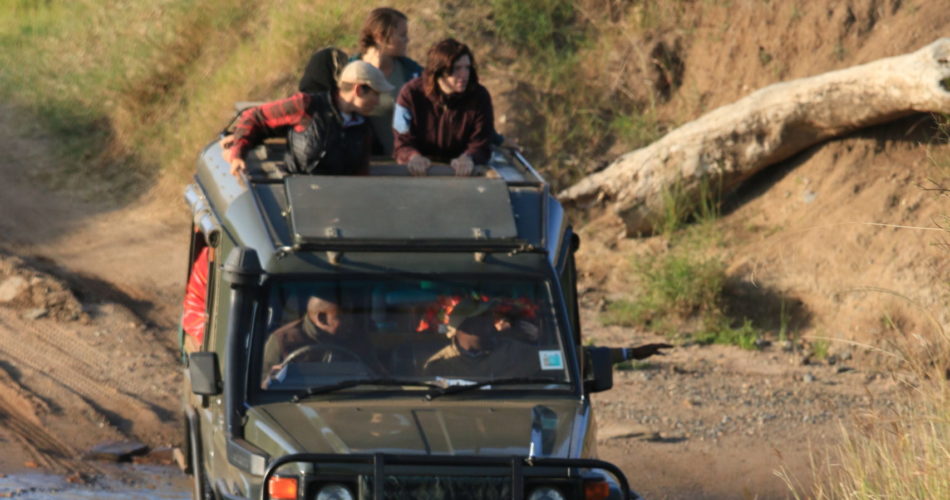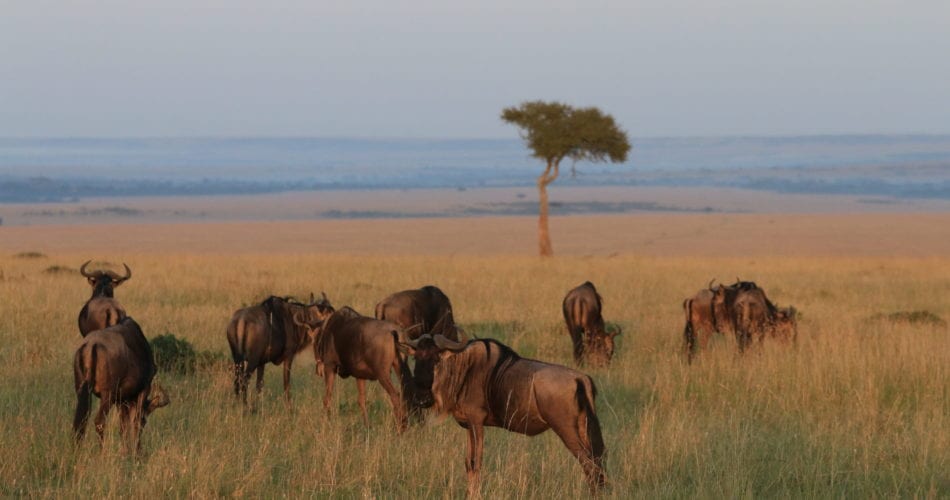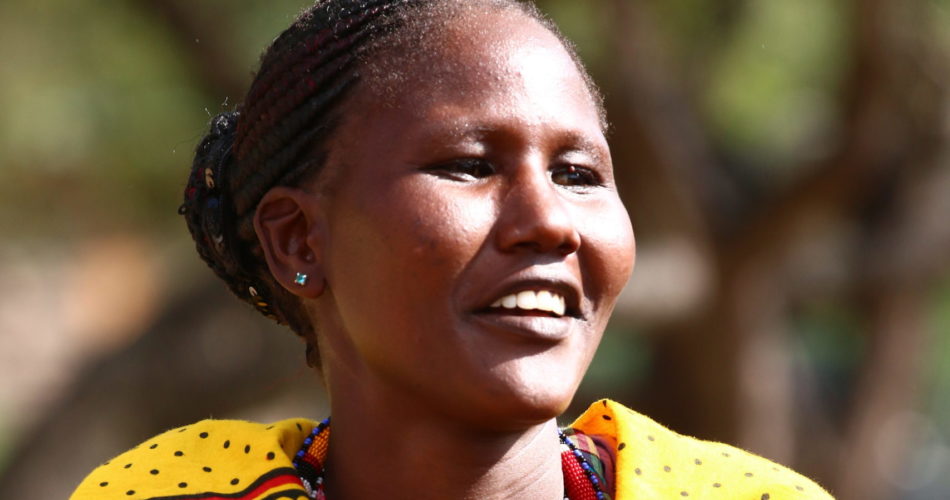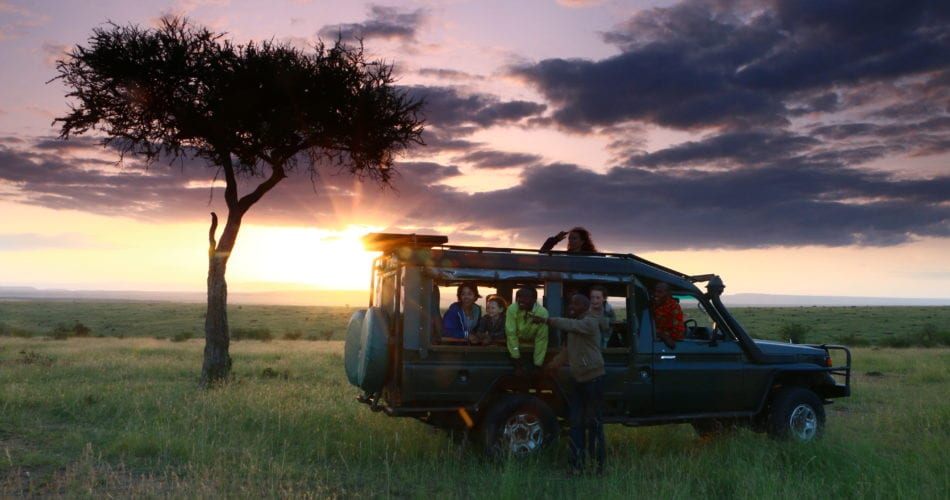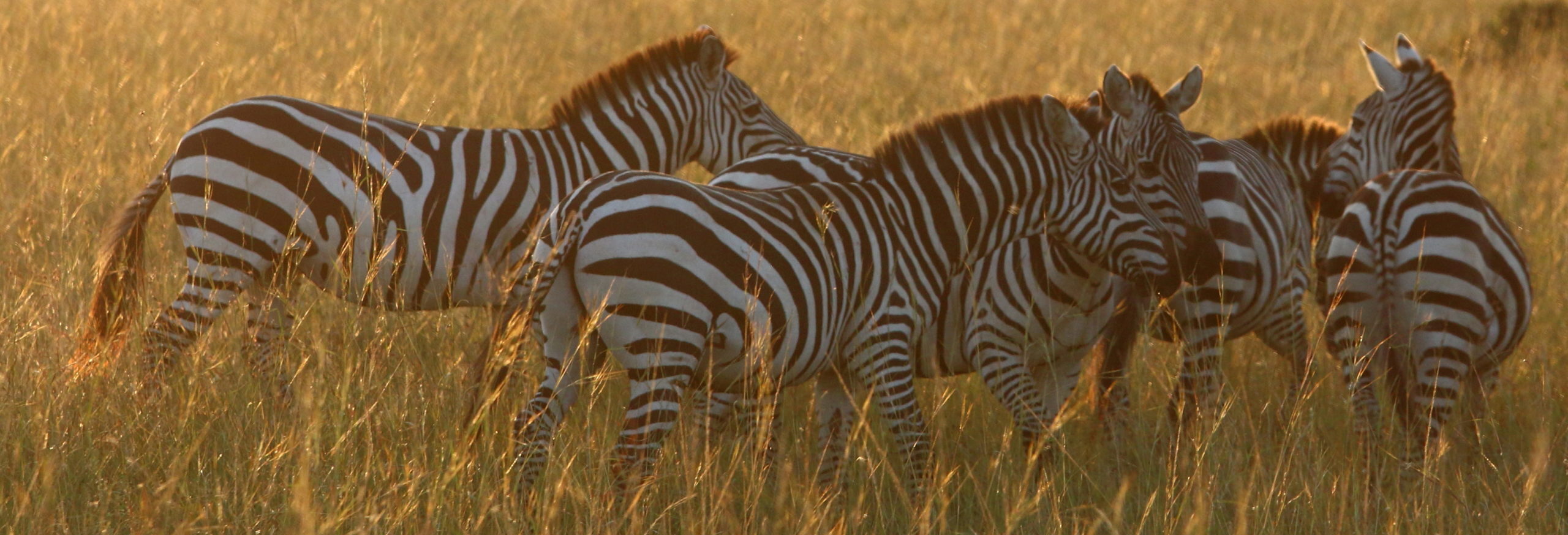Maasai Led Tourism
Maasai Led Tourism
Maasai are reclaiming the tourism industry that takes place on our land.
What We Do
Maasailand is home to East Africa’s wildlife tourism industry
The landscape of the cross-border Maasai-Serengeti ecosystem is breathtakingly beautiful and includes many World Heritage Sites, making Maasai Mara-Serengeti the most visited tourist destination on the continent of Africa. Yet Maasai people, the caretakers of this environment, see very little of the benefits of the industry. Tourism holds great promise for the Maasai community through employment and other forms of revenue, and the community seeks the ability to apply historical management practices for the benefit of the wildlife and people. More tourists come to Maasailand looking for genuine connection and education about Maasai culture. For all of these reasons, ecologically sustainable community based tourism is an important part of the future vision of Maasailand.
Tourism in Maasailand today is in a state of crisis
But in spite of the enormous economic benefits of tourism to East Africa, the industry poses serious threats to the environment, wildlife and culture of the Maasai people. Wildlife harassment, off-the-road driving, pollution, noise, and other unprofessional, unacceptable, and dangerous behavior by local guides and drivers that endanger both wildlife and tourists are a common occurrence. Unregulated development has flourished to the point where the carrying capacity of the environment is exceeded; water is overused and polluted, making it inaccessible to local communities. Greater threats are posed by unregulated conservancies that occupy former grazing land, leading to cattle grazing inside the Maasai Mara Game Reserve (MMGR) and subsequent animal/human conflict.
The Maasai Mara Game Reserve is managed by the elected leadership of the Narok County government which maintains the reserve in a public status. A serious threat is posed by attempts of government, some conservationists, and the tourism industry to privatize the MMGR and other reserves which is a step in the wrong direction and would lead to a reconstruction of the land by for-profit industry.
Tourism in Maasailand is also an Opportunity
In the face of these challenges, tourism holds great promise for the Maasai community. As more Maasai youth are trained and employed in the industry as field guides, chefs, lodge staff and managers, wages remain in the community and those with jobs are able to live in their home communities rather than migrating to towns and cities for work. Women’s bead cooperatives and other local businesses and micro-enterprises are beginning to share in some small corners of profits of tourism. More tourists come to Maasailand looking for genuine connection and education about Maasai culture. For all of these reasons, ecologically sustainable community based tourism is an important part of the future vision of Maasailand.
In 2016, after two years of effort, the Mara Guides Association (MGA) was registered by the Kenyan government as a Community Based Organization, the first workers union of Maasai people in history. The MGA has accomplished great things in a short time since: it has established the Prescott College Field Guide Training Program, defeated multiple attempts to alter the MMGR management plan to allow for privatization, and secured election of of local community leaders. MGA leader James Ole Tira speaks to the vision of tourism in the hands of the Maasai community, a vision that has been articulated by many. A current project of the MGA is to build the Maasai Automotive Education Center with Arizona State University to train Maasai people in auto mechanics. There are 33 towns bordering the MMGR and not a single Maasai mechanic who can repair tourism vehicles, a situation that has led to exploitation of minority Maasai field guides.

